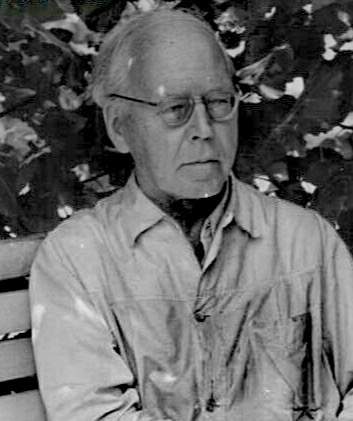
Georg Kolbe
Georg Kolbe stands out as a pivotal sculptor of the early twentieth century. Renowned for his idealized nude sculptures, the artist was driven by a quest to find a form that harmonized body and spirit, seeking a valid expression for humanity’s inner movement. Georg Kolbe referred to his art as "expressive sculpture" due to this focus.
Biography of Georg Kolbe
Georg Kolbe was born in Waldheim, Saxony, in 1877. Initially trained as a painter and draftsman in Dresden, Munich, and Paris, he turned to sculpting during a stay in Rome at the turn of the century, where he received technical instruction from sculptor Louis Tuaillon.
After relocating to Berlin in 1904, Kolbe developed his own formal language by the end of the decade. In 1905, he became a member of the 'Berliner Sezession,' but left in 1913 to join the "Freie Sezession." Throughout his long career, Kolbe completed numerous significant commissions, including several for the National Socialists during the last 15 years of his life. Despite this, he reportedly declined an invitation to sculpt a portrait of Adolf Hitler.
The Nazis appropriated his late style of monumental, idealized athletic nudes, which fit their propaganda needs. From 1937 to 1944, Kolbe regularly participated in the Große Deutsche Kunstausstellung organized by the Haus der Kunst in Munich. His uncharacteristically grandiose work "Verkündigung" (Proclamation) (1924) was a highlight of the 1937 German Pavilion.
In 1939, Kolbe was commissioned by the German-Spanish economic organization Hisma to create a portrait bust of Spanish dictator Francisco Franco, which was presented to Hitler as a birthday gift that same year. In 1944, towards the end of World War II, Kolbe was included in the Gottbegnadeten list, which recognized the twelve most important visual artists of the time, a distinction made by Hitler and Joseph Goebbels.
After Kolbe's death from bladder cancer on November 20, 1947, a Beethoven monument (1926−47) and the Ring der Statuen were installed in Frankfurt am Main. However, the realization of a Friedrich Nietzsche memorial in Weimar was ultimately thwarted by Hitler's intervention.
Active in the secessionist movements of his time, Kolbe maintained close relationships with influential artists like Max Beckmann, Renée Sintenis, Ernst Barlach, and Karl Schmidt-Rottluff. As the last president of the Deutscher Künstlerbund, Kolbe dedicated himself to supporting fellow artists who were labeled as "degenerate."
The Art of Georg Kolbe
In the 1910s, Kolbe’s work is characterized by delicate, sensitive, and fluid figures that seem to engage with the complexities of their world with a graceful lightness. A striking example of this period in Kolbe’s early career is his small sculpture of the Russian star dancer Vaslav Nijinsky, a full-figure portrait that radiates extreme charm and grace. Dance, particularly its innovative forms, remained a significant source of inspiration for Kolbe throughout his life.
In the 1920s, Georg Kolbe developed his mature style, which remains highly regarded today. His frequent collaborations with leading modernist architects highlight his deep engagement with innovative concepts of space, proportion, volume, and lightness. A prime example of this is his 1925 sculpture "Morning," which was installed in the Barcelona Pavilion designed by the influential architect Ludwig Mies van der Rohe for the 1929 World’s Fair. This collaboration underscores Kolbe's exploration of new solutions in the interplay between sculpture and architectural space.
Kolbe’s work is consistently complemented by refined and dynamic drawings in which he meticulously captured the human body in various movements. Mastery of this medium learned early on, provided him with the lightness needed to offer expansive pictorial and idealized space for his sculptures. Drawing, along with printmaking — which stemmed from his drawing practice — was a crucial aspect of Kolbe’s artistic career. Today, Kolbe’s drawings are regarded as some of the most modern and perhaps the most beautiful pieces he produced throughout his career.
Kolbe’s "Dancer": A 1911 Breakthrough in Modern Sculpture
The artist's breakthrough came in 1911 with the creation of the figure "Dancer," which marked the beginning of a series of works inspired by the fluidity of modern dance. In 1911/12, "Dancer" was acquired by Ludwig Justi, then director of the Berlin National Gallery, marking the museum’s first example of modernist sculpture.
This depiction of a young, graceful woman immersed in dance-like movement was seen as a symbol of a new understanding of modern sculpture. It rejected the mannered, sentimental, and rigid styles of the German imperial era, embracing instead a body-emphasizing concept of beauty and art that resonated with a confident, emerging bourgeoisie. The figure represented a new, liberated human being, poised to dance free from the constraints of the past.
Years:
Born in 1877
Country:
Germany, Waldheim, Saxony